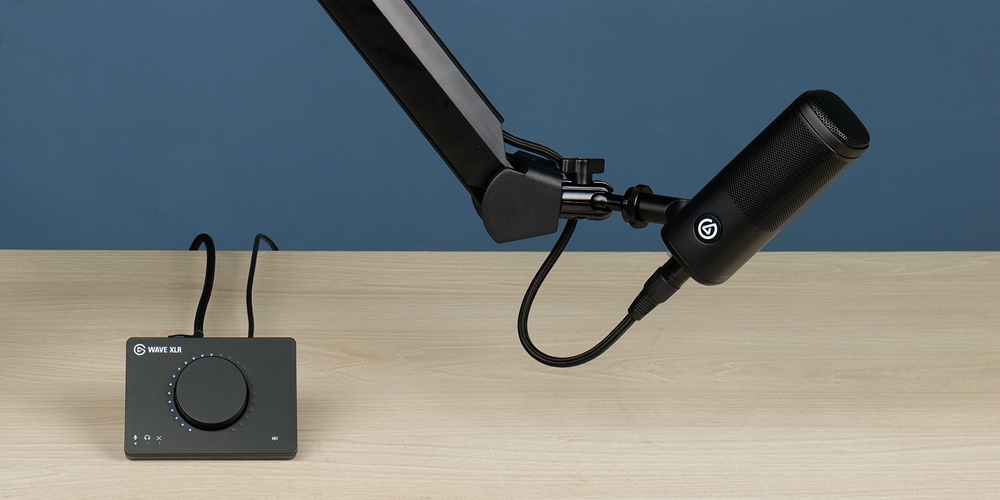
Elgato has heard the needs of players. This time, it launched the Elgato Wave DX dynamic microphone so players whose environment is unsuitable for condenser microphones can have better microphone products to choose from. Since this dynamic microphone uses an XLR interface, it can be used at the same time Also launched are XLR cables and Wave XLR recording interface. The Wave XLR recording interface is the microphone control’s core. In addition to having a switchable 48V phantom power supply to support various microphones, it can also support the powerful Wave Link software.
Wave DX Microphone
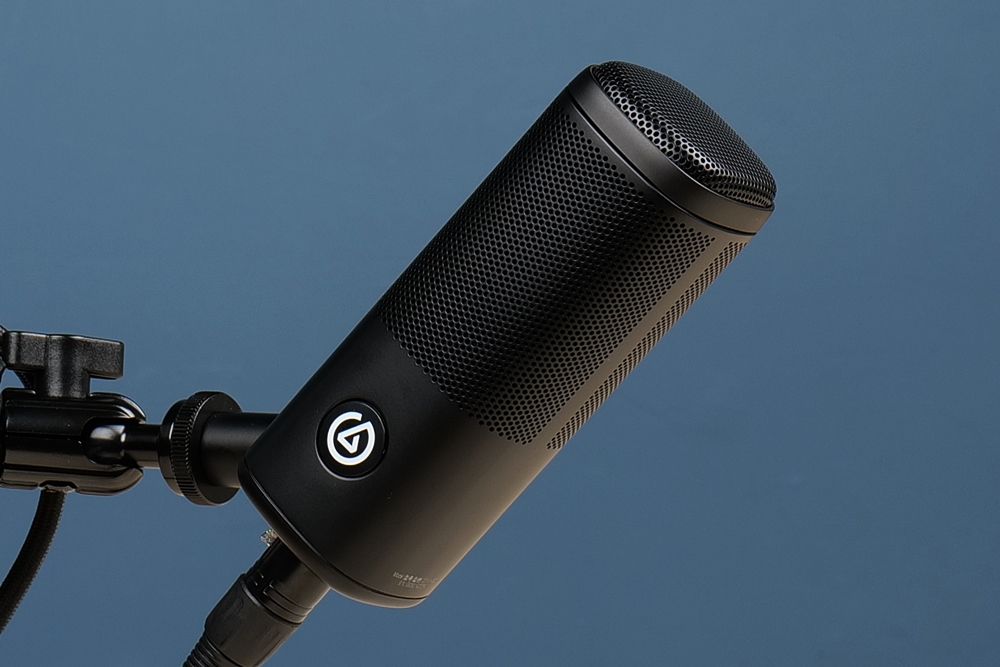
Specifications:
Pattern: Dynamic Polarity:
Cardioid
Frequency Response: 50-15000 Hz
Sensitivity: -52 dbV/Pa
Impedance: 600 Ohm
Connector: XLR
Aspect: 53 x 53 x 146mm
Weight: 440g
Mounting: 5/8\” screw hole (including 3/8\” and 1/4\” adapter accessories)
The Wave DX microphone, newly launched by Elgato this time, is a dynamic microphone and uses an XLR interface, so it is compatible with most XLR. The microphones are the same. This microphone only has a Wave DX microphone in the package and no other accessories.
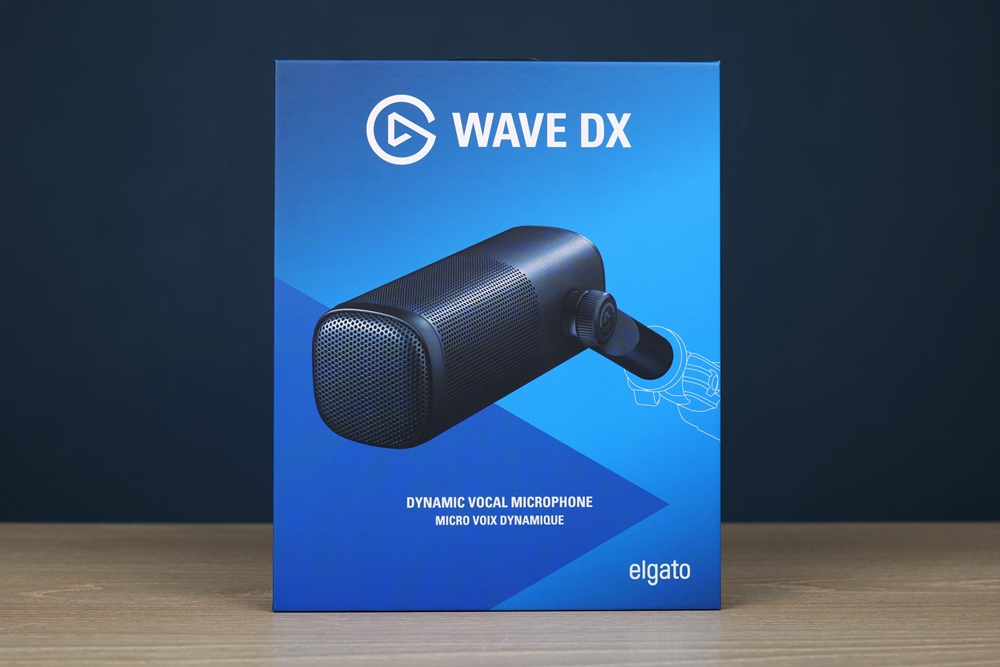
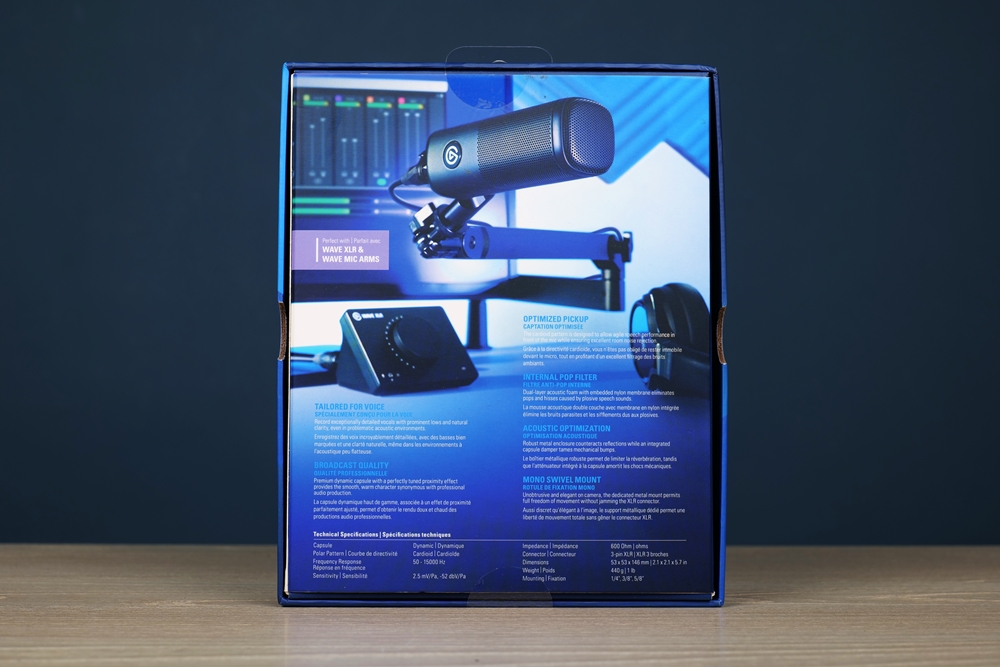
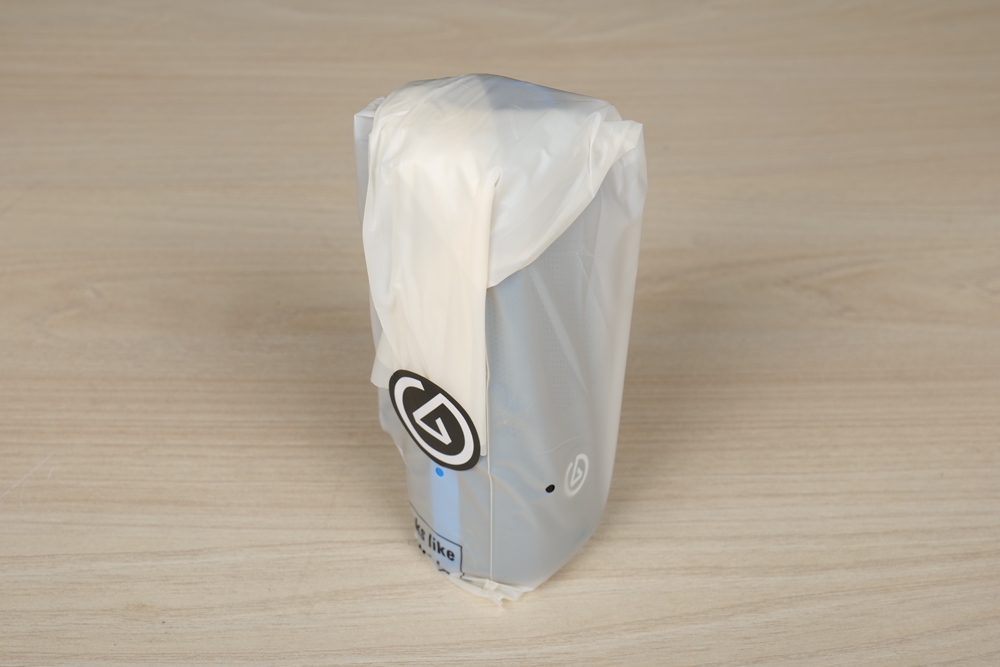
In terms of design, the Wave DX microphone has a simple cuboid shape. When you open the box, you can see a blue packing strip outside the microphone, reminding players that the dynamic microphone is different from the common condenser microphone. The dynamic microphone is picked up from above. , and because of the narrow range of the dynamic microphone, it needs to be used close to the microphone, which also explains why the Wave DX microphone does not have a built-in stand like the Wave:1/Wave:3 microphone. Players choose the appropriate microphone to stand by themselves.
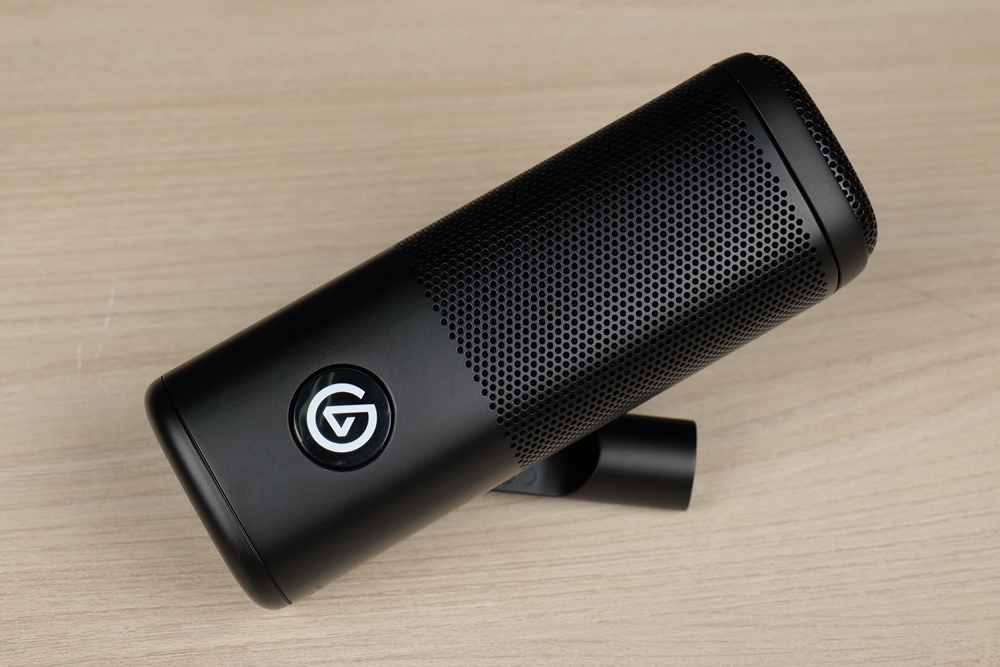
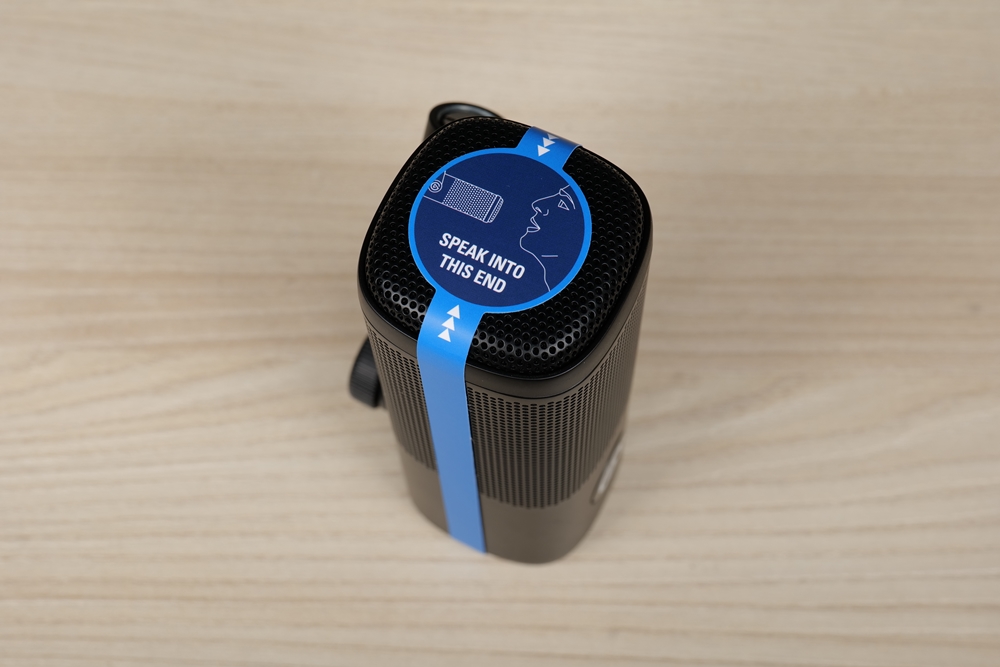
The appearance shows that the upper part has a pop-proof cover integrally formed with the fuselage. Inside, there is a high-frequency sound cotton developed by acoustic engineering above the dynamic pickup. Under multiple protections, it can filter out the noise that reduces the air-sound spray. In the part of the radio unit, a heart-shaped dynamic pickup is used, and the frequency response is 50-15000 Hz, which is almost the same as most products of the same level, but there will be a little less detail in the high frequency. If the high-frequency part For players who need a radio, the Wave DX microphone may not be so suitable. Still, it is definitely enough for beginners or simple live radio and voice conversations.
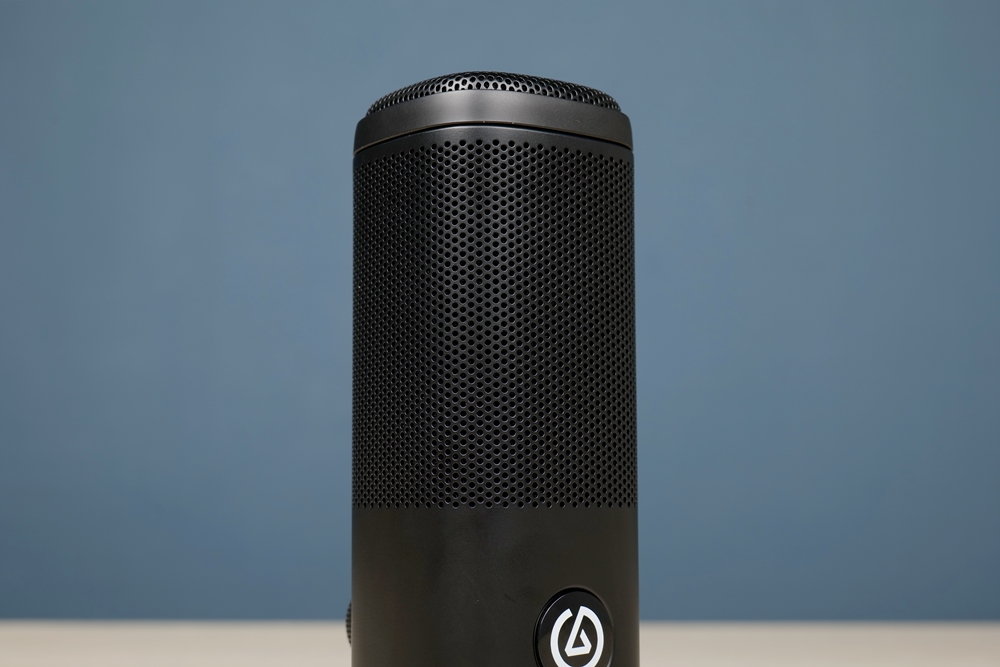
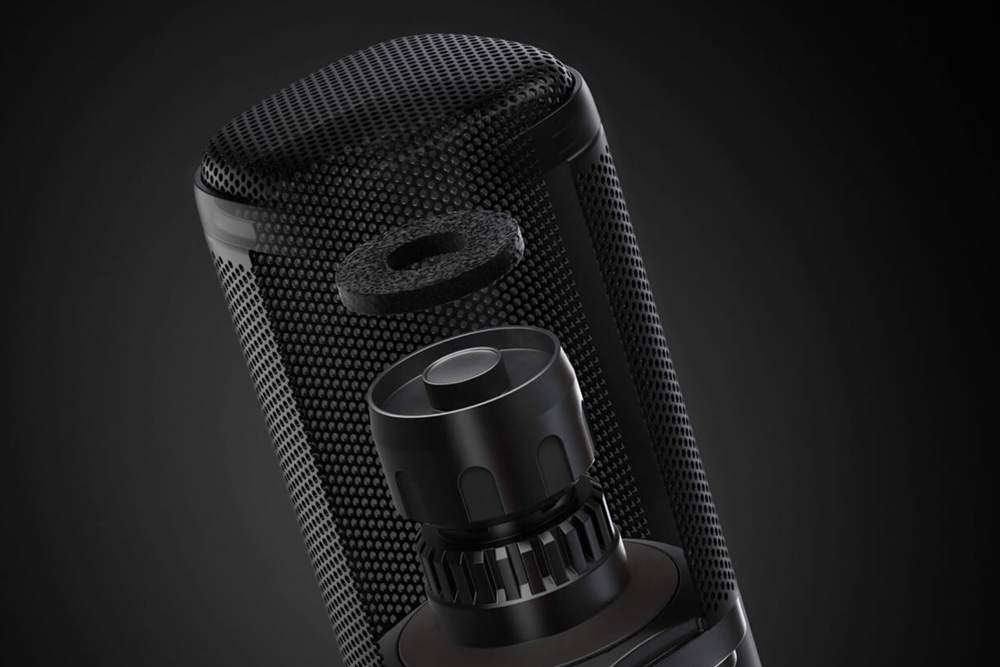
In the connection part of the Wave DX microphone, a unilateral bracket design is provided, and the bottom of the bracket uses a 5/8\” screw hole, and it can be seen that 3/8\” and 1/4\” are pre-installed. The adapter is pre-installed on the bottom. The preset can be installed directly if you use Elgato’s microphone stand.
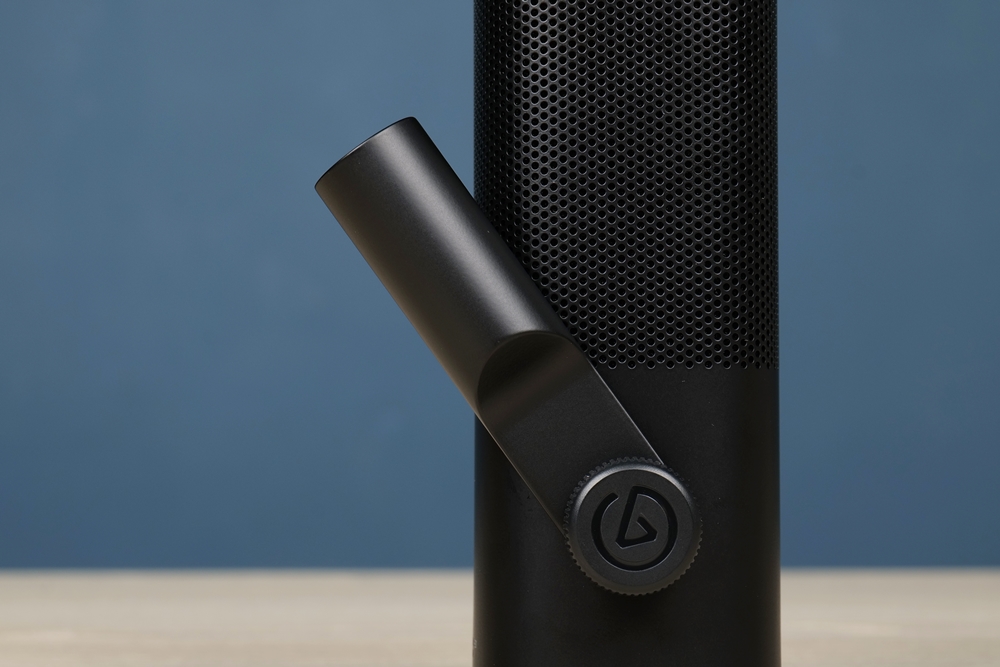
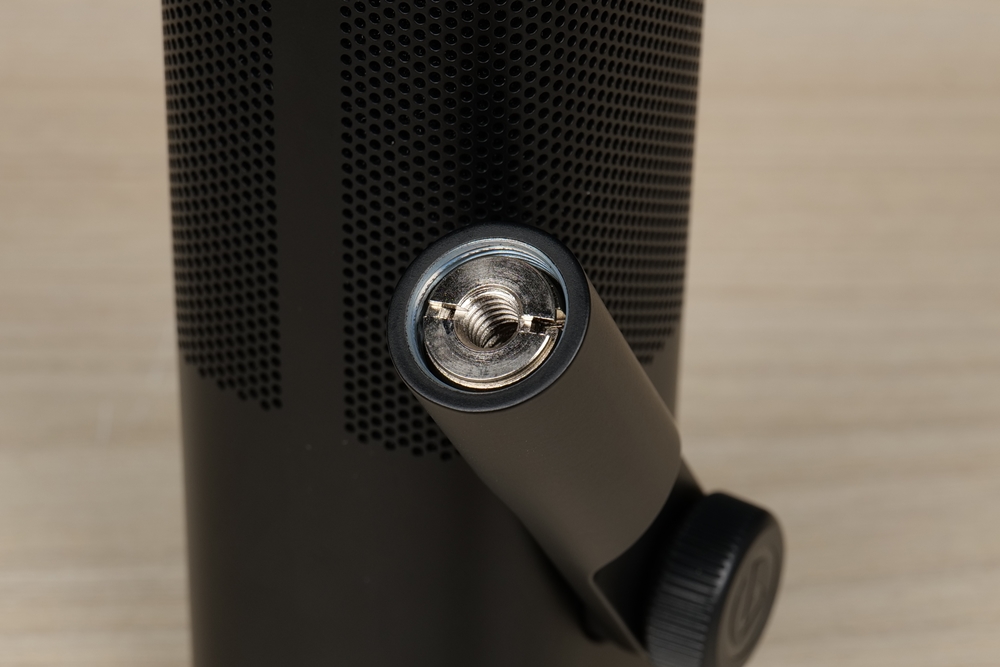
adapter.
XLR cable
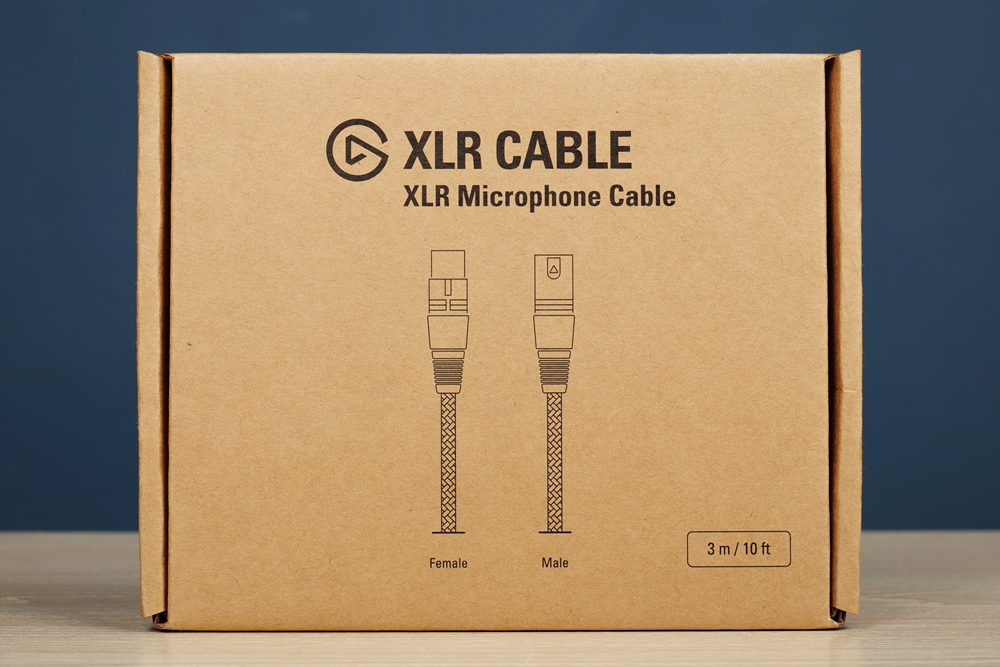
Specifications:
Length: 3 m
Weight: 220g
Connector: male to female
Connector type: 3-pin XLR
Since it is an XLR microphone, an XLR cable is indispensable. This time, the Wave DX microphone and most XLR microphones do not provide an XLR cable, so players will need an Elgato XLR cable at this time. This cable is available in It can be seen from the outside that it is covered with a braided mesh, and the inside of the cable is also covered with copper foil shielding, which can make the cable less disturbed by noise.
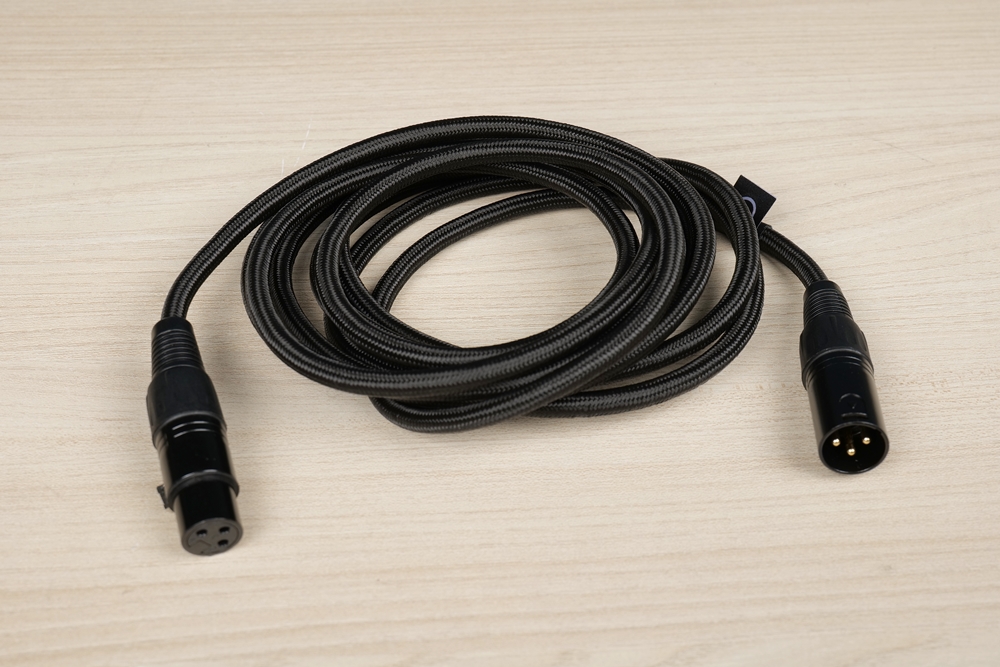
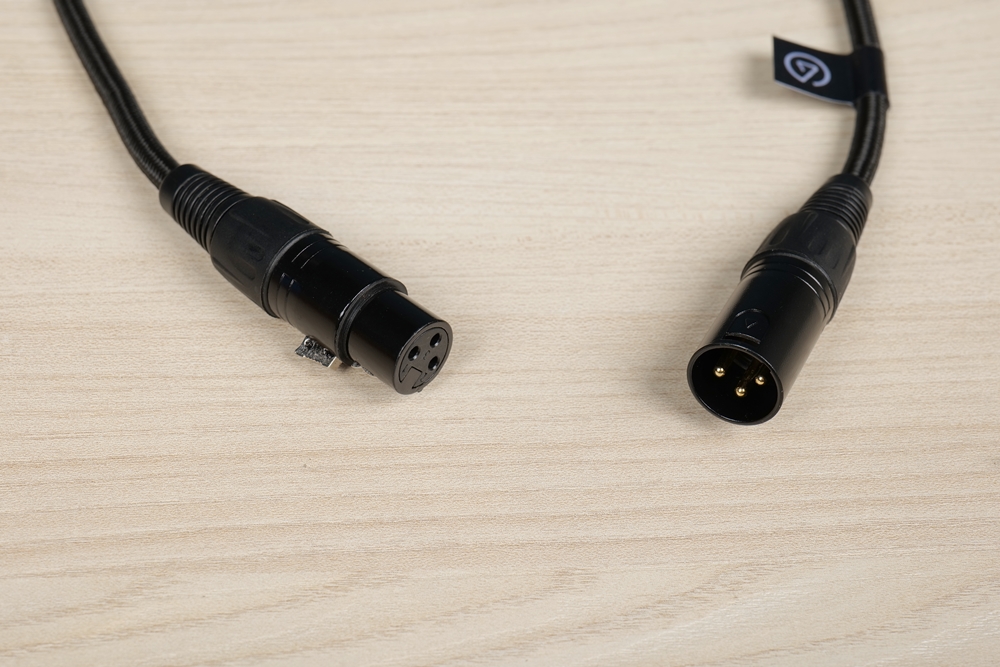
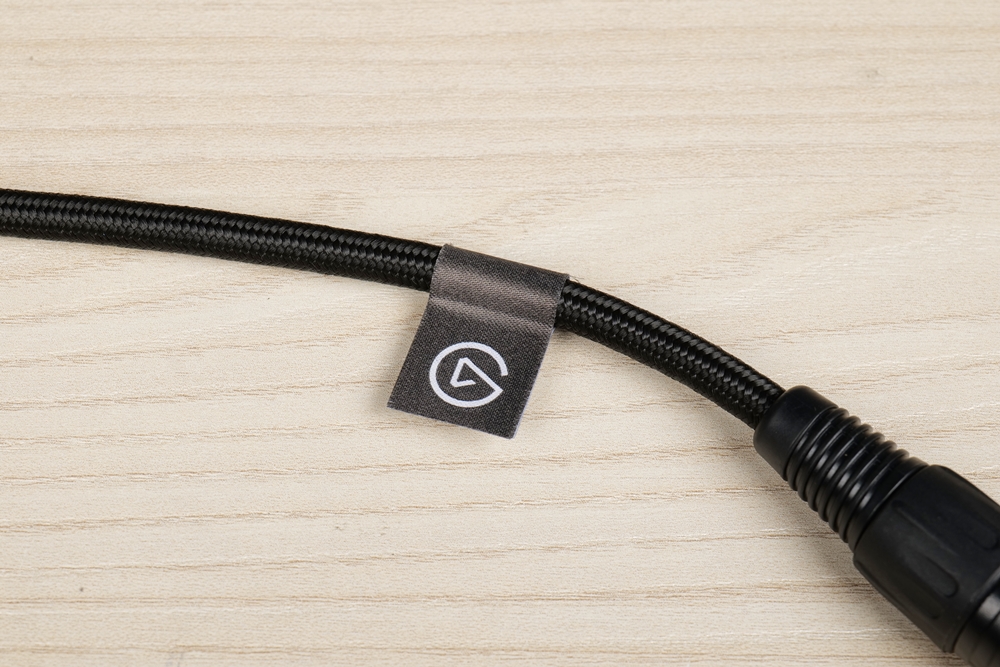
Wave XLR Recording Interface
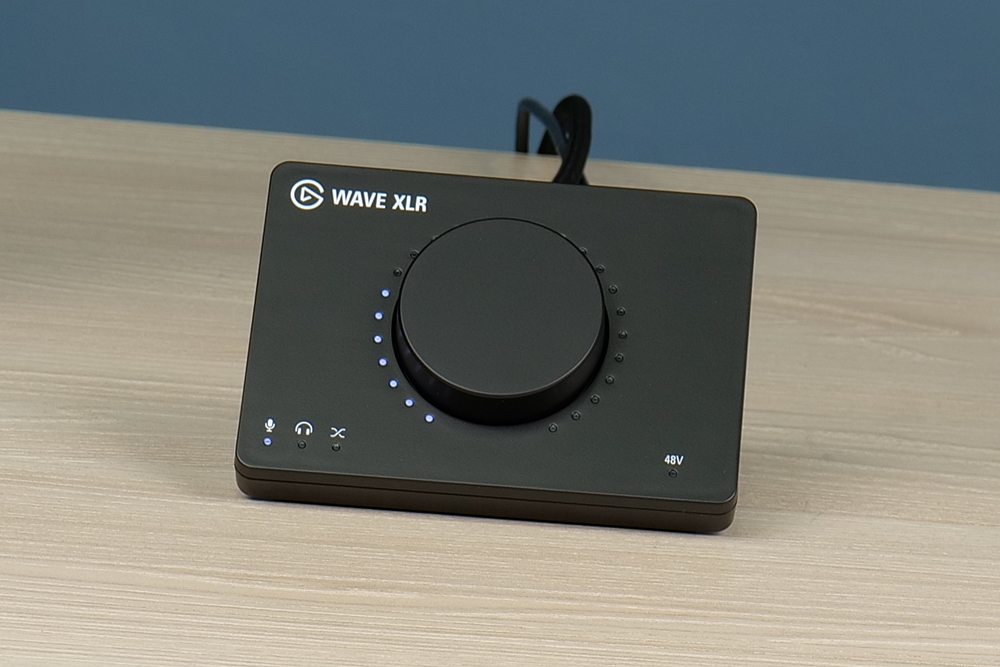
Specifications:
Frequency Response: 20 Hz-20 kHz
Dynamic Range: 100 dBV (120 dB Clipguard Intervened)
Equivalent Input Noise: -130 dBV @ 60 dB Gain
Gain Range: 0 – 75 dB
Phantom Power: 48 VDC, 7mA
maximum input: 10 V @ 0 dB gain (Clipguard intervention)
maximum output: 77 mW
Resolution: 24-bit
Sampling rate: 48 / 96 kHz
Interface: USB-C
Then Wave XLR recording interface, as long as you choose the XLR interface. A suitable recording interface is indispensable because if a condenser microphone is used, a 48V phantom power supply is required, and an XLR interface dynamic microphone can be connected with an XLR to 3.5mm adapter cable, but usually the 3.5mm microphone of a computer The jack can’t push the XLR dynamic microphone, so it is recommended to use it with the recording interface.
If the Wave DX microphone is quite satisfactory, then the Wave XLR recording interface is a highlight because although this recording interface looks simple in appearance, in fact, this Wave XLR recording interface has a built-in 48V phantom power supply and supports Wave Link software. Therefore, in addition to providing multiple virtual audio channels through the software, this recording interface also has the function of a plug-in, which is very convenient for the live broadcaster.
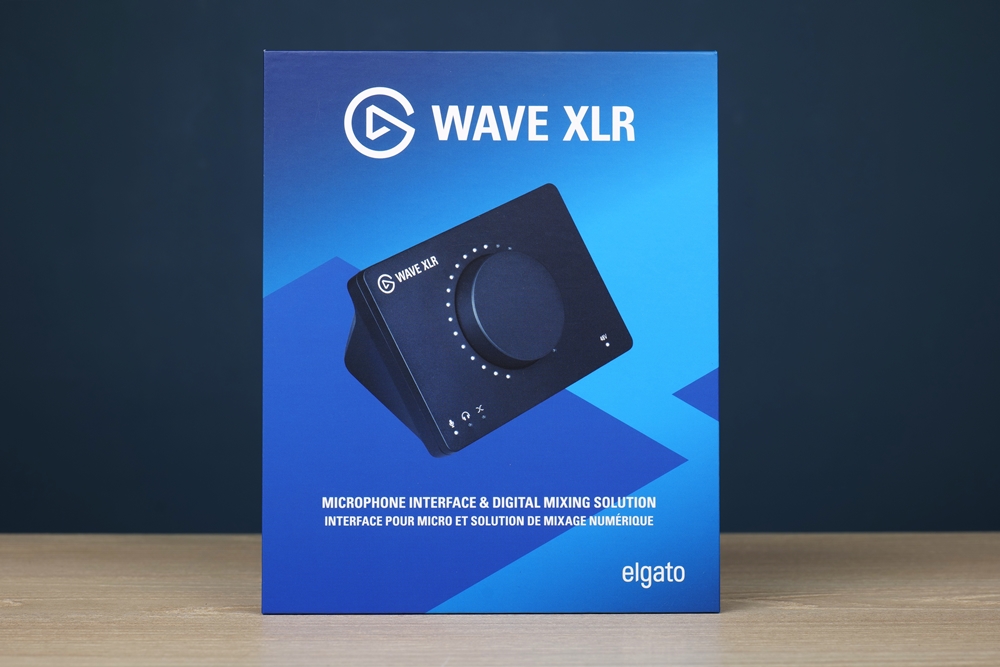
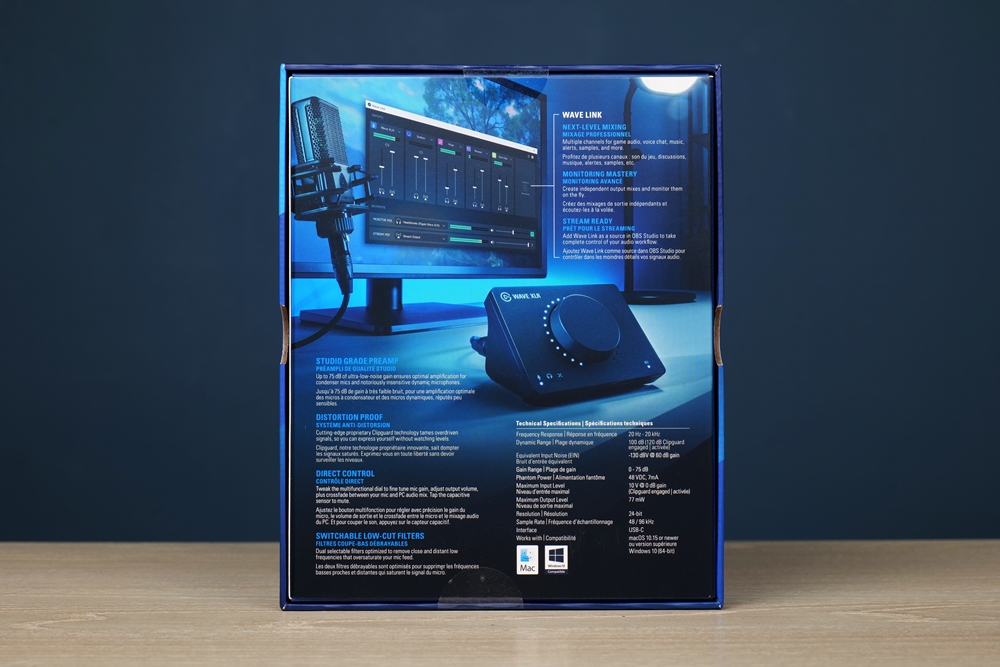
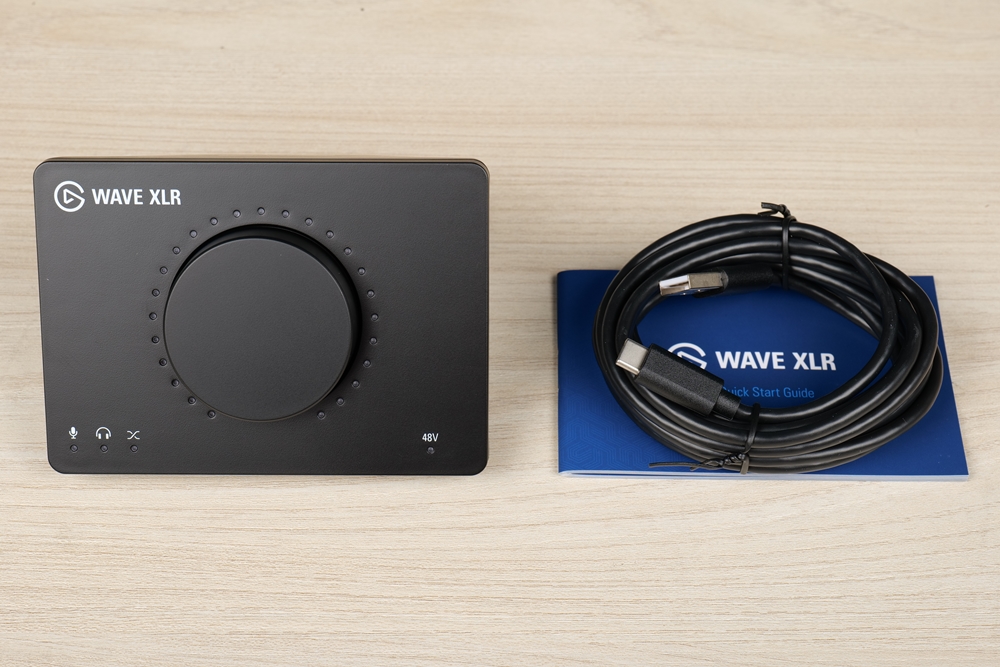
From the appearance, you can see the front of the Wave XLR recording interface, which is basically an enlarged version of the same interface as Wave:3. There are three modes in the lower left corner, which are the adjustment of input gain, headphone volume, and monitor ratio. You can see the 48V phantom power indicator light, press the middle knob to switch between the three modes in the lower left corner, and long press 2 to switch the 48V phantom power on and off. Power supply for the recording interface Confirm whether the phantom power is turned on, and then connect the microphone, Pre-AMP, and other equipment. In addition, the word Mute can be seen on the top of the Wave XLR recording interface, a touch switch for microphone mute. When muted, the light around the knob will turn red, allowing players to quickly know that the microphone is now muted.
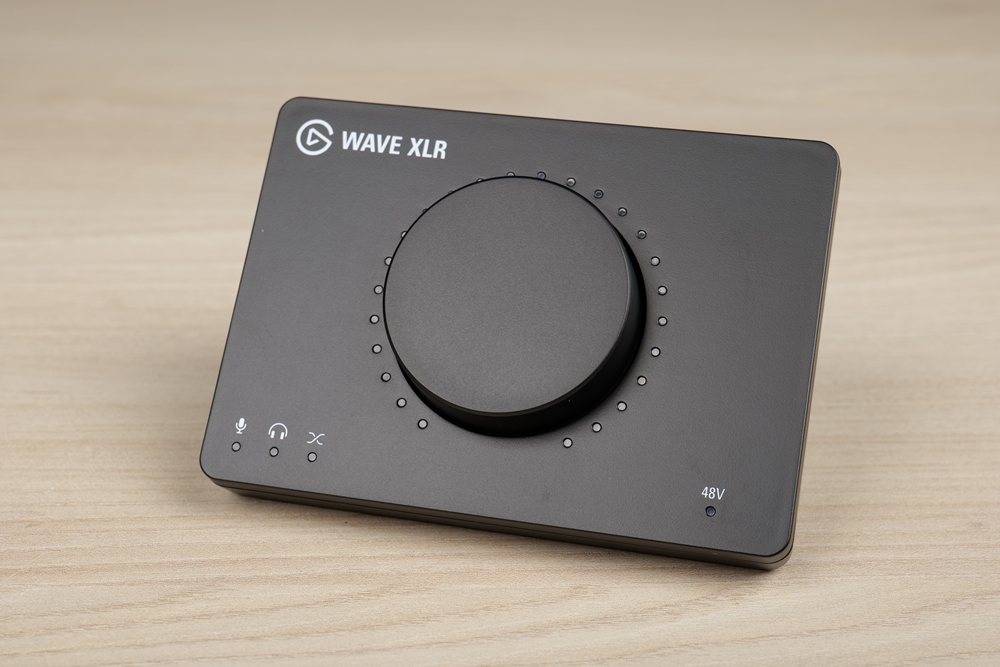
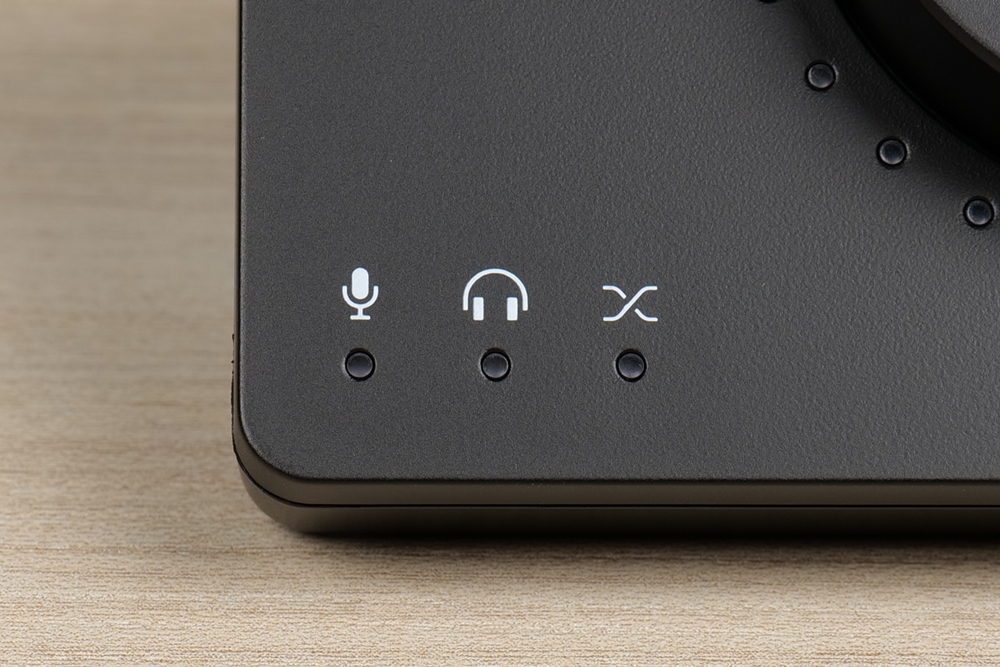
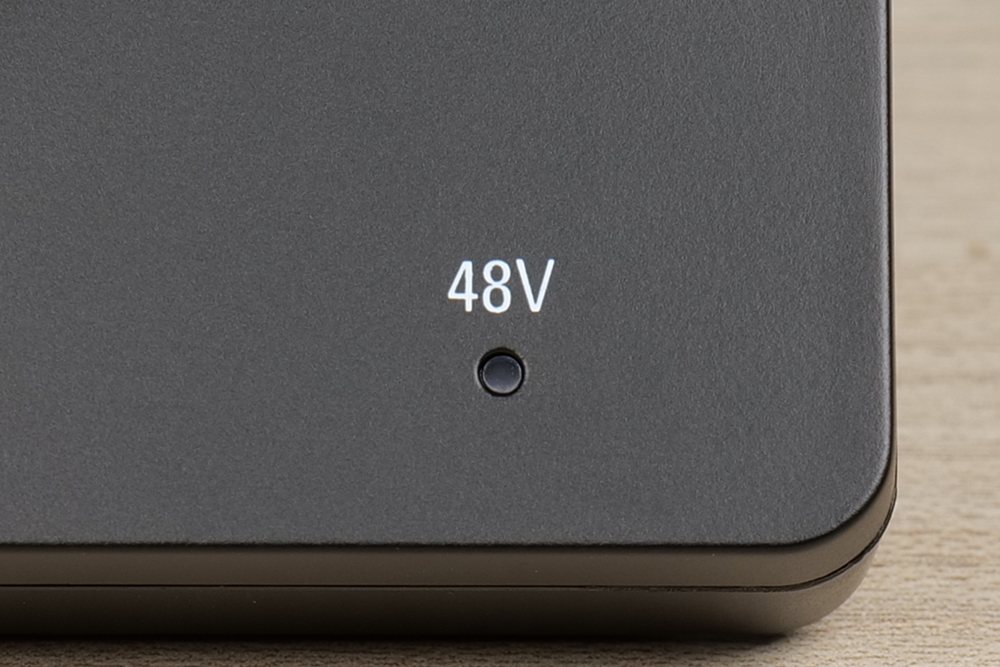
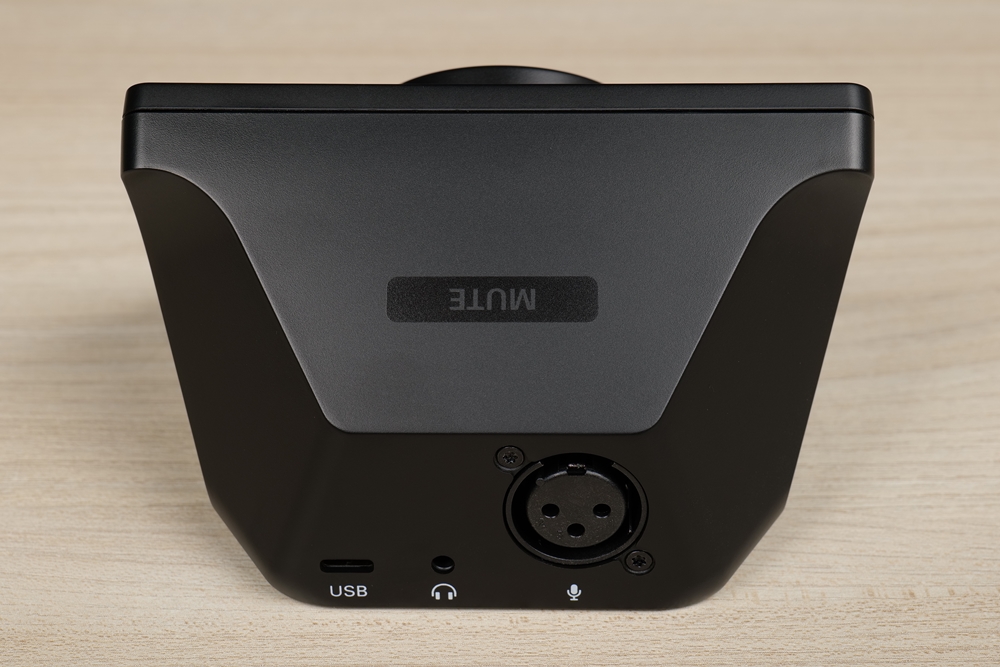
The Wave XLR recording interface can be seen on the back. The interface provided is very simple. A USB Type-C interface is used to connect to the computer, an XLR interface is used to connect to the microphone, and a 3.5 mm headphone jack allows players to monitor the microphone sound. Still, because the audio output is mixed by software control, the headphone jack on the Wave XLR recording interface can also be used as the computer’s audio output.
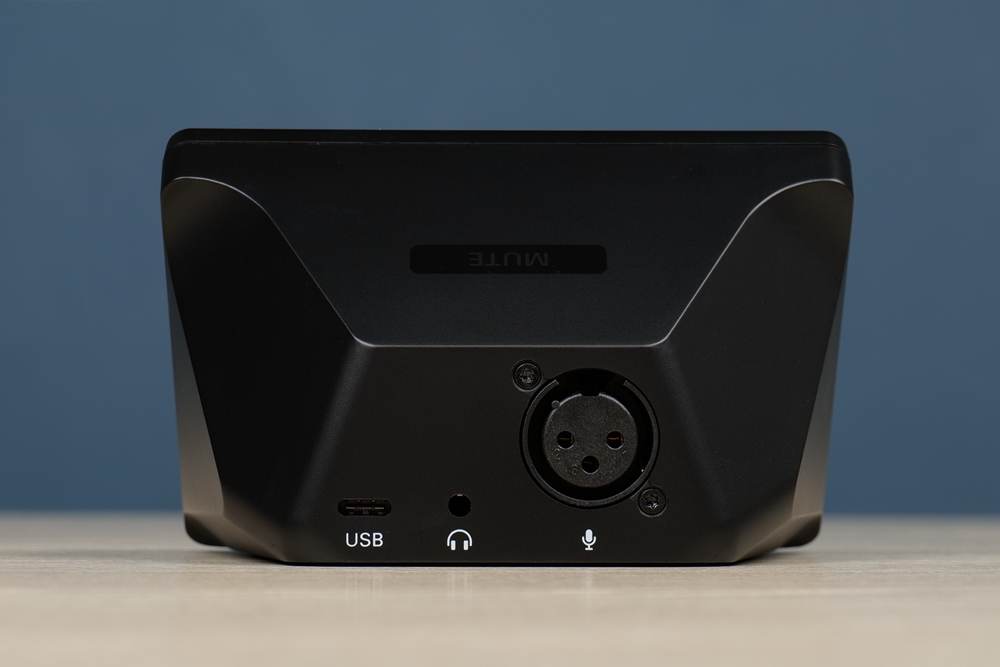
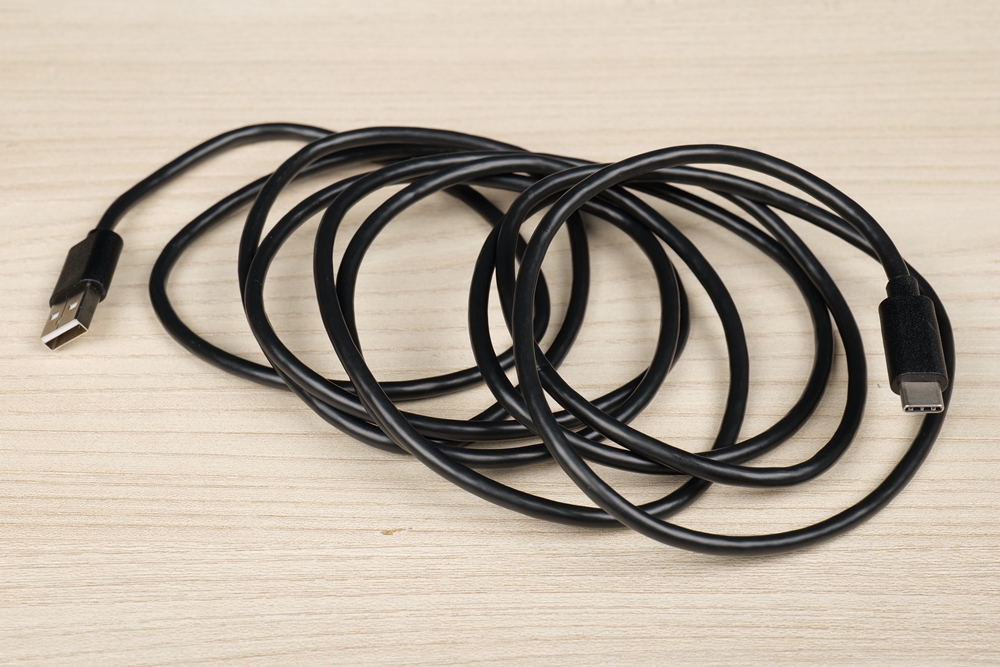
Wave Link software
As the core of Elgato microphone products, Wave Link software provides the Lowcut Filter to suppress noise and the Clipguard anti-distortion function to reduce popping sounds. In addition, there is also a WAVE Gain Lock that will not be enabled by default, so that the Gain value will be adjusted according to the radio frequency. The volume float adjusts itself.
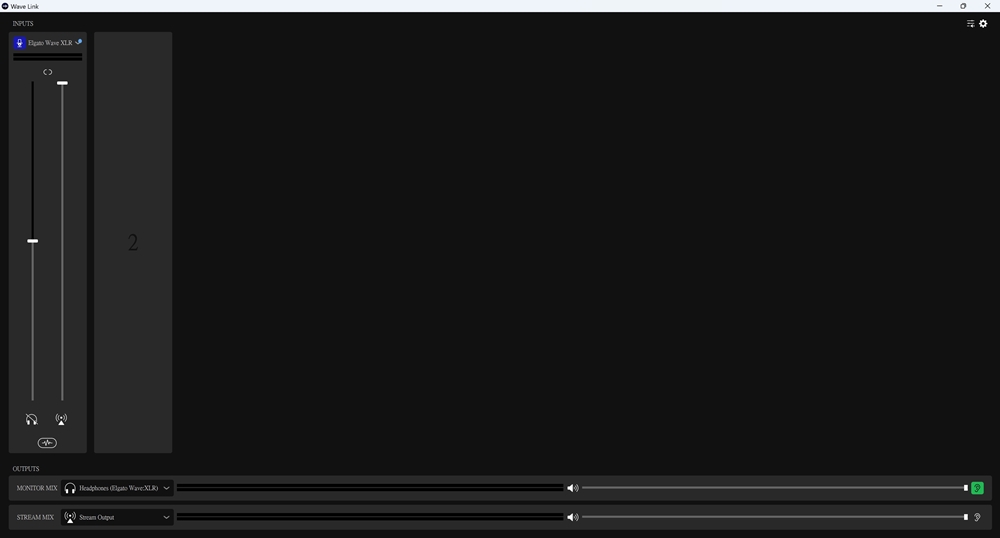
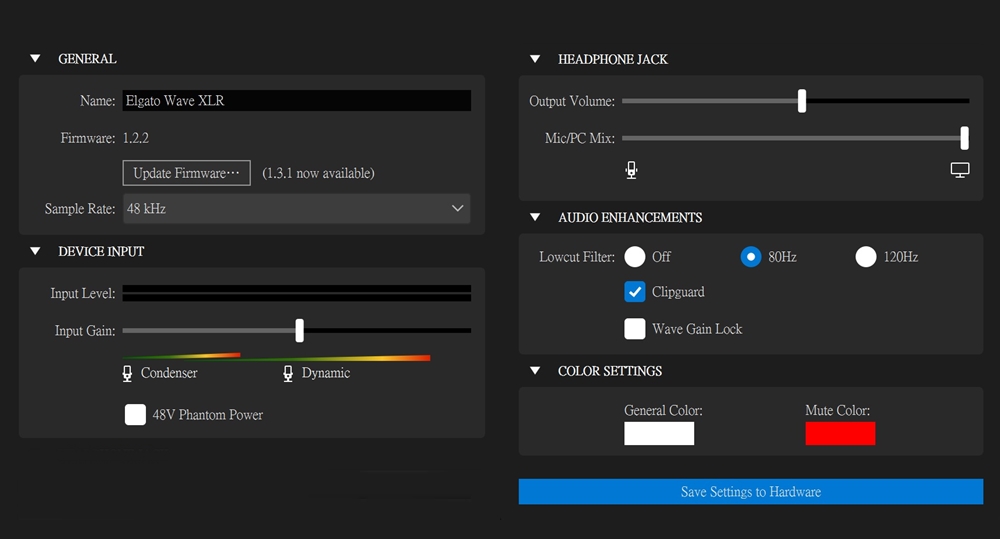
In fact, what Wave Link provides is not limited to these preset adjustment options. In the Audio Effect column, additional effect plug-ins can be placed on each audio track. The built-in Elgato EQ of the software itself can be used to adjust the sound quality. Elgato Noise Removal provides a noise reduction function. Of course, suppose you are using NVIDIA RTX 20 series, RTX 30 series, or RTX 40 series graphics cards. In that case, players can also download NVIDIA Broadcast SDK from NVIDIA’s official website so that there will be one more NVIDIA in the plug-in. In addition to the Broadcast Noise Removal AI noise reduction function, it can also support the installation of other plug-ins. If the player has a familiar virtual effector or VST plug-in, he can also install it and use it in Wave Link.
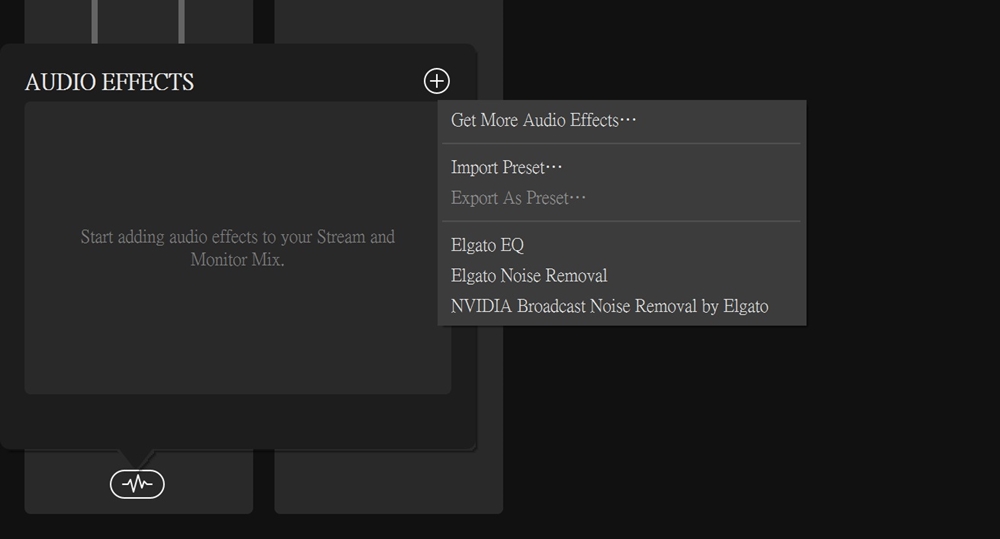
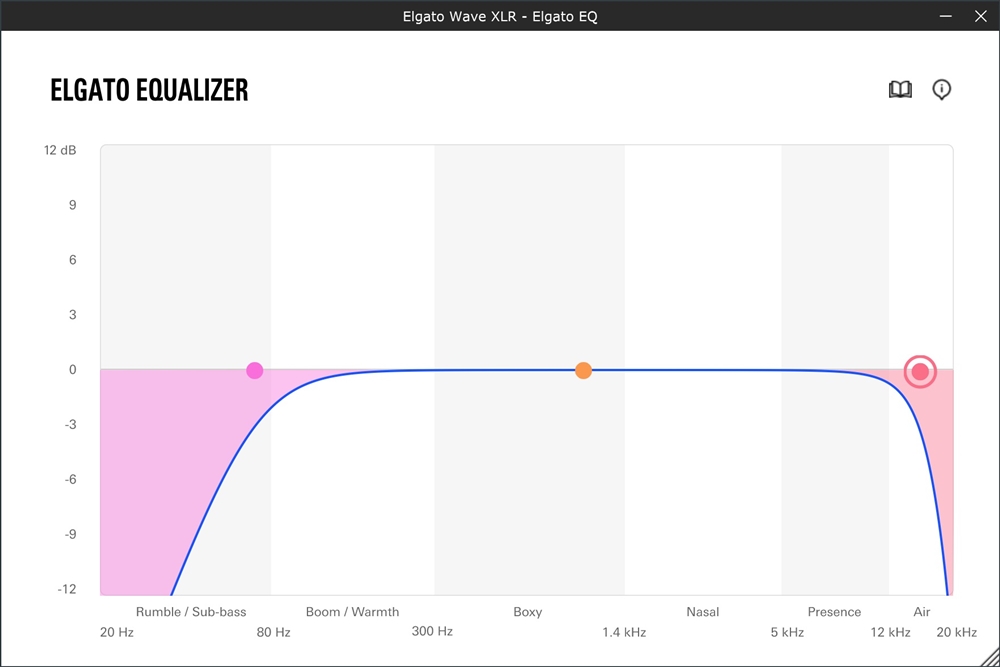
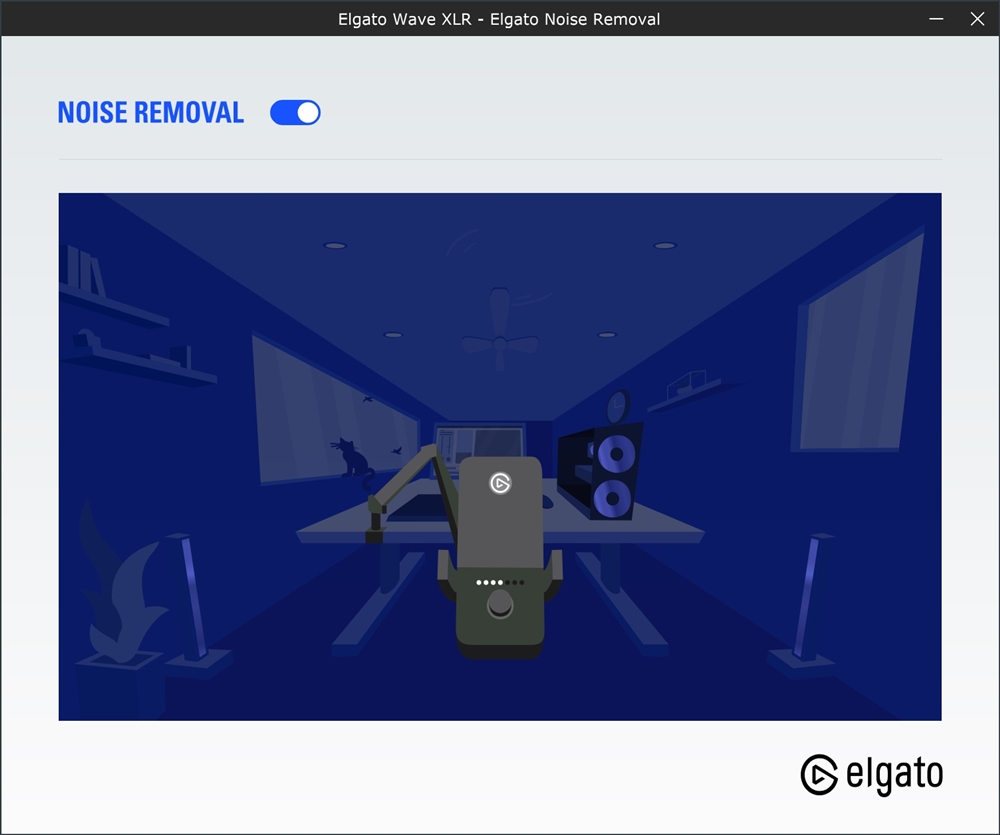
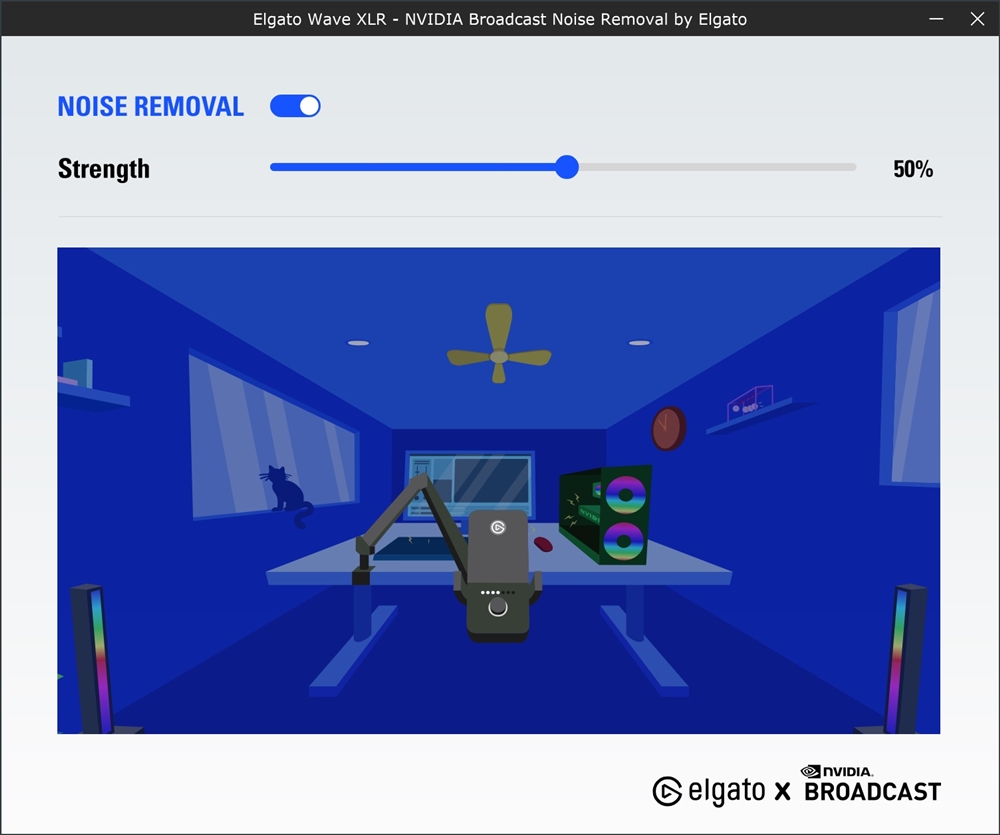
Of course, in addition to installing plug-ins, the Elgato Link software also provides up to 8 virtual audio output channels. Players can set the mix of 9 input channels, including the microphone in the software, and divide them into 2 channels for headphones and live broadcast. To output, the implication is that if the player wants to listen to music in the live broadcast but does not want to play it in the live broadcast, or the voice of the Discord squadron needs to be heard clearly, the live broadcast should not be too loud to affect their speech of the sound can be pre-mixed through the Elgato Link software and sent to your own headphones through the Monitor Mix channel, and to the live broadcast through the Stream Mix channel.
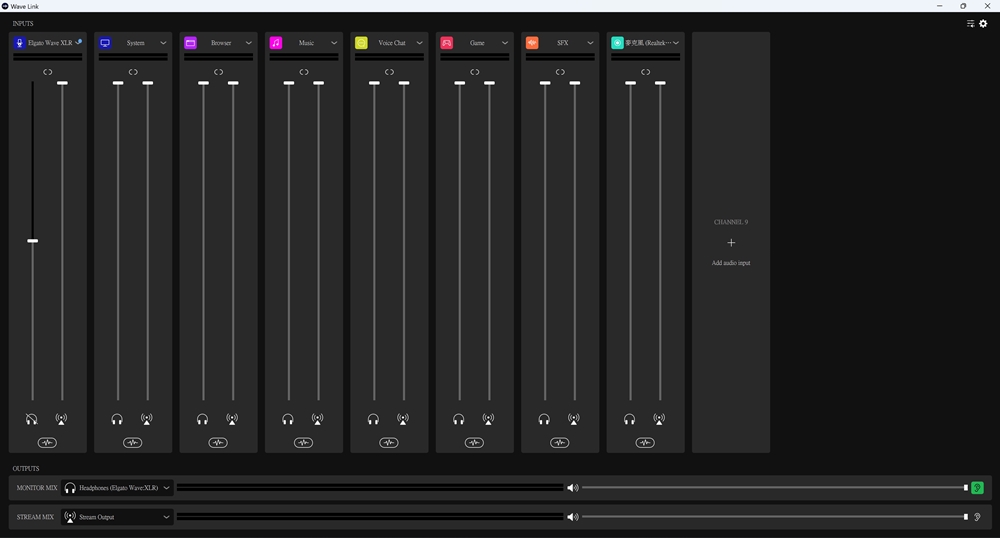
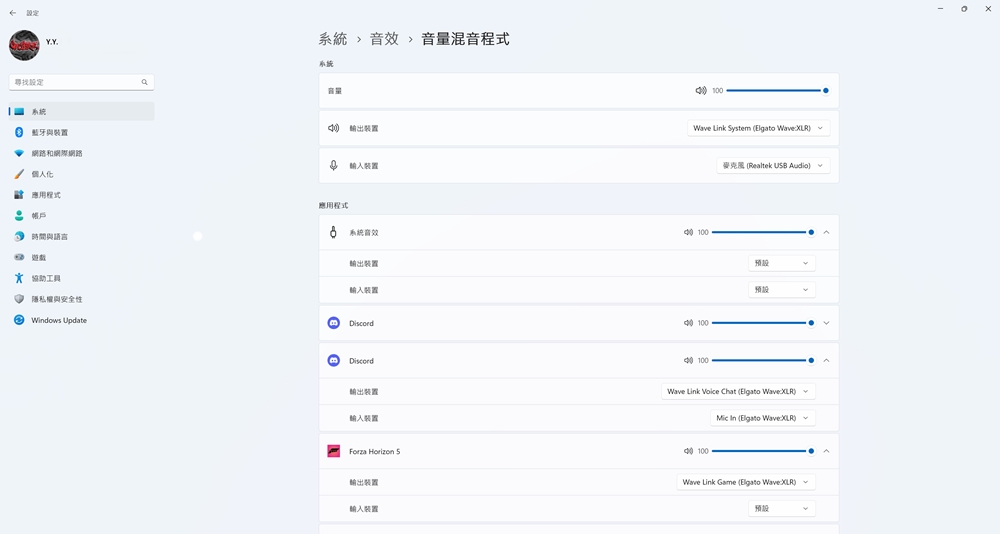
Recording test
In the recording test part, it can be found that Elgato Wave DX itself has a relatively clean sound reception effect. Still, in the actual recording, it will also be found that when used in an ordinary room, noise such as air-conditioning and low-frequency sounds will still be recorded, so adding the Elgato EQ plug-in and the NVIDIA Broadcast Noise Removal plug-in for clean sound.
Summarize
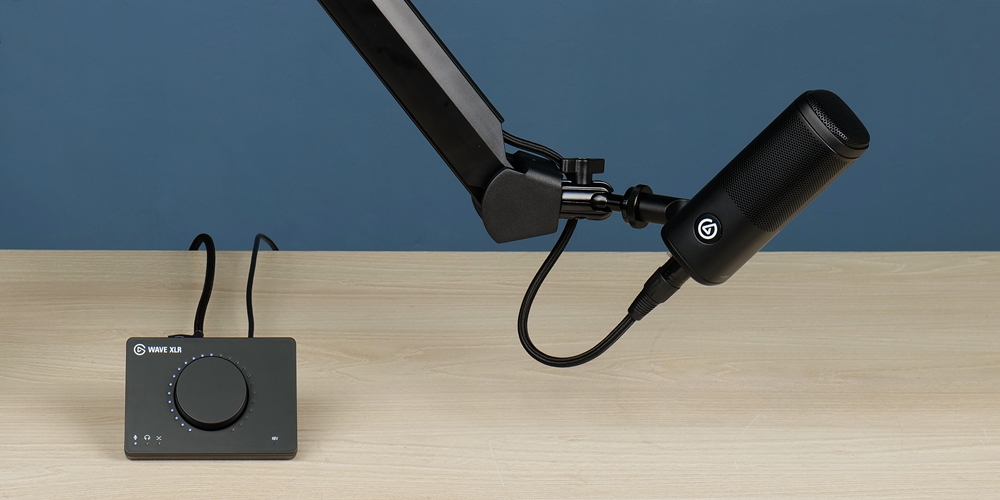
This time, Elgato launched the dynamic microphone package. Generally speaking, it is based on the need for live hosts or players with the multi-track mixing needs of Wave Link software. In the case of uncontrollable environmental noise, they can have more suitable microphones to choose from.
In fact, when the live situation is the premise of use, the response frequency with a narrow range will be compressed by the live broadcast software, and you can use the EQ adjustment or install additional plug-ins through the Wave Link software. Therefore, in the entry-level orientation, you can be given the performance that exceeds its performance. It can be regarded as a cost-effective entry-level choice on the whole.
In the price part, the Elgato Wave DX microphone is 99.99 US dollars (about 3290 yuan), the Wave XLR recording interface is 5190 yuan, and the XLR cable is 19.99 US dollars (about 659 yuan). The Elgato Wave DX microphone and XLR cable are not sold in Taiwan. The price part is just for reference. The whole set can be done within 10,000 yuan without the microphone stand and about 10,000 yuan with a microphone stand. It is a good choice for players interested in getting started with the XLR microphone system.
If this article is helpful for you, please share this article with your friends on social media. Thank you!!
This article is based on the personality of the reviews. You are responsible for fact-checking if the contents are not facts or accurate.
Title: Take every live broadcast weapon, both hard and soft! Elgato Wave XLR recording interface, Wave DX microphone, and XLR cable